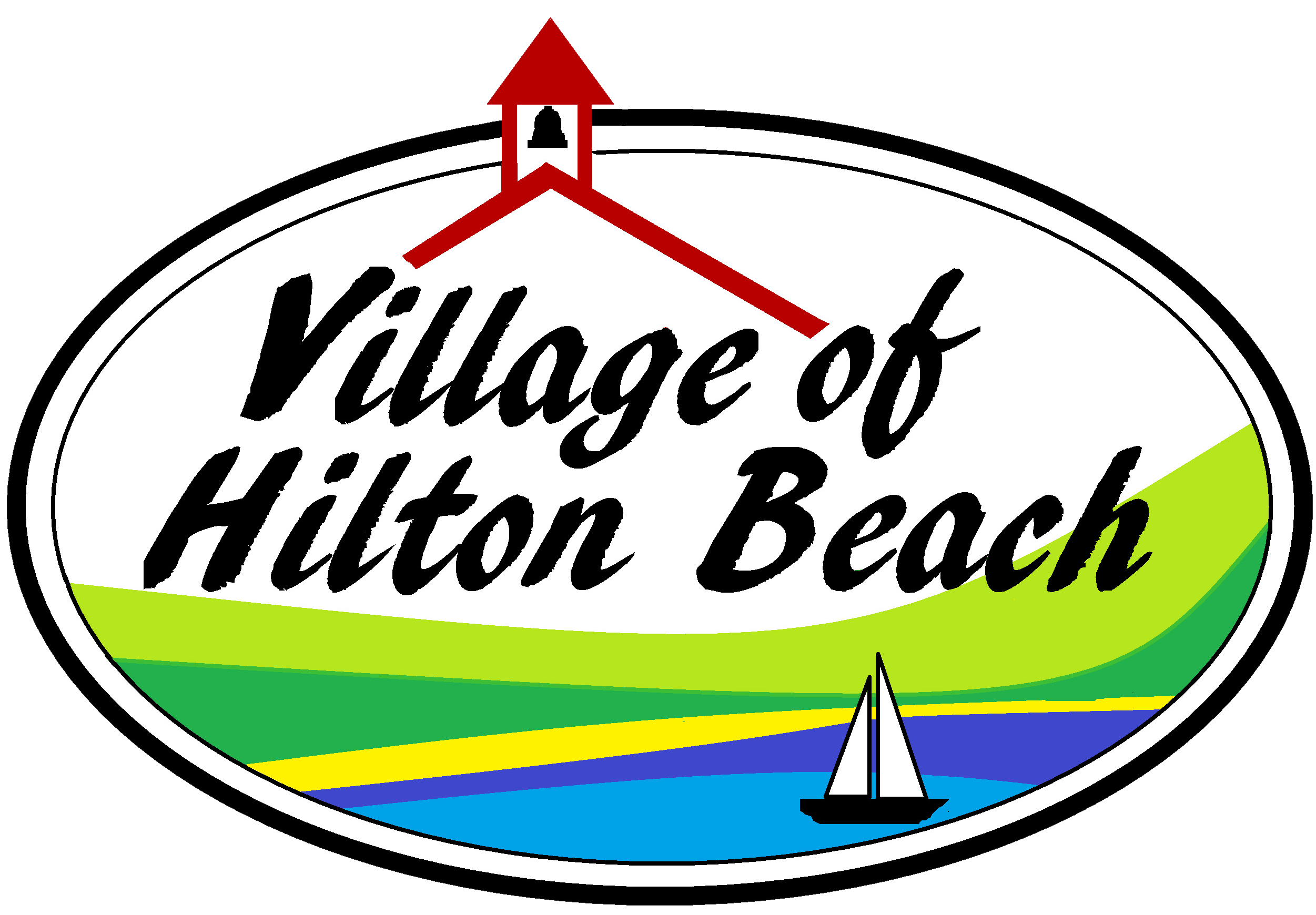Our History
St. Joseph Island History
St. Joseph Island, the most westerly of the Manitoulin chain of islands and the western tip of the Niagara escarpment, has been the scene of much colourful history. Names such as Campement D’Ours, Fort St. Joseph and Sailor’s Encampment hint at an early history which rang with the paddling chanties of the voyageurs, bark of command at a British outpost garrison and its early connection with shipping on the big lakes.
In 1796, Fort St. Joseph was built on the southernmost point of the island, forming a key link along fur trade routes to the northwest and providing military presence as the most westerly British post in Upper Canada during a turbulent time. Destroyed by American forces in the War of 1812 in retaliation for the British occupation of Fort Michilimackinac, its remains are now the site of a modern interpretive centre owned by Parks Canada.
Hilton Beach history
The Village of Marksville (now Hilton Beach) had its origins in the 1850’s when a wharf was first built. In 1856 Alexander Trainor took up land, and by the 1860’s, fourteen families had also settled in the vicinity. Only the following remain: Rousseau, Trainor, Gordon, Bishop, and Desjardines.
One of the most prominent settlers at this site was John Marks. He came from Bruce Mines to establish a dock at the Sailors Encampment. In 1872, Marks decided to move again. In the area that was to become Hilton Beach, he opened a store and operated a wood dock. Six years later he opened the first post office under the name of Marksville, with himself as postmaster. In the year previous to that, 1877, a school had been established, and in 1881, St. John’s Anglican Church was erected. The main street running through Hilton Beach, Marks Street, was named after John Marks.
An early trail ran from Marksville to Kaskawan. Later trails were laid out along the north side of the mountain to Lake Munuscong (The Hilton Road), to Gawas Bay, and a rather devious one to Richards Landing by way of the Hilton Road and the 15th Side road.
By 1879, J. Archibald had built a hotel. This was moved a short distance in 1890 and is now part of the same building that is presently the Hilton Beach Hotel. Other businesses in operation at this time included general stores run by S.T. Bowker and A.G. Duncan. R. Chester was the shoemaker and Davis and Dean operated a sawmill. J.C. Cooper was a wagon maker, while T. Steinburg was the Village blacksmith. A.G. Duncan, D. McPhail, and John Marks were listed as justices. Thus the only settlement that was to grow into a village was well on its way. It retained the name Marksville until June 1, 1921, when it was officially changed to Hilton Beach. Two years later it was officially declared a Police Village, and it separated from Hilton Township.
Hilton Beach has been steadily increasing in popularity with tourists over the past eighty years, but still maintains its small town charm and friendly townsfolk.
Many of the buildings used in Hilton Beach today have some historical significance. Today’s community hall, built in 1896, was a schoolhouse until the 1960s. The old town hall, ca. 1916, stands today as a studio/office building. The Hilton Beach General Store has seen many owners in its 100+ year history. The Hilton Beach jail, which never housed an inmate, stands empty today on South Street. Take a walking tour around Hilton Beach to visit these historical buildings.
Parts taken with permission from “St. Joseph Island – A Tour and Historical Guide” by Elsie Hadden Mole and Jackie Rains.
